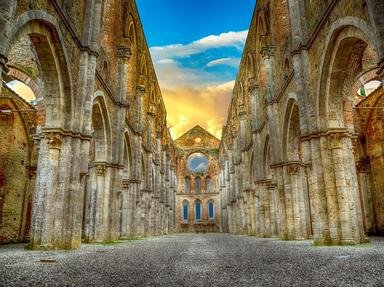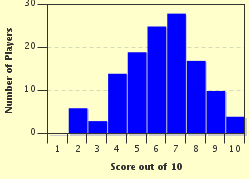Quiz Answer Key and Fun Facts
1. King John of England signed the document that eventually became known as the Magna Carta. Who were his parents?
2. The document that became known as the Magna Carta was signed at Runnymede. Near which castle, an official residence of the British Royal Family, is Runnymede located?
3. What was the original English name of the document that became known as the Magna Carta?
4. The document King John signed in 1215 promised rights to the barons, but there were also clauses that dealt with which other group?
5. Which of the following concessions was NOT in the document that became known as the Magna Carta?
6. Many sources give credit for the writing of the Magna Carta to which individual(s)?
7. As it turned out, which not-so-guiltless pope eventually did become involved when he declared the Magna Carta "null, and void of all validity for ever"?
8. With the agreement of the Magna Carta suspended, to which future king did the the angry rebel barons offer the throne of England in exchange for help?
9. What happened to King John sixteen months after the signing of the Magna Carta?
10. Which of the following statements best describes the 1215 Magna Carta's impact on history?
Source: Author
ponycargirl
This quiz was reviewed by FunTrivia editor
bloomsby before going online.
Any errors found in FunTrivia content are routinely corrected through our feedback system.

